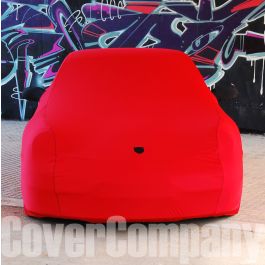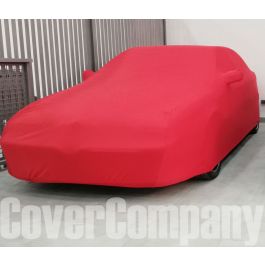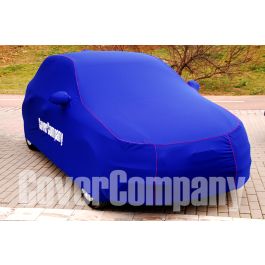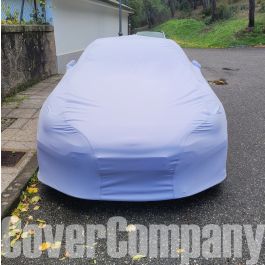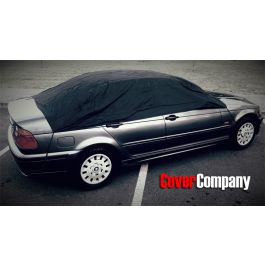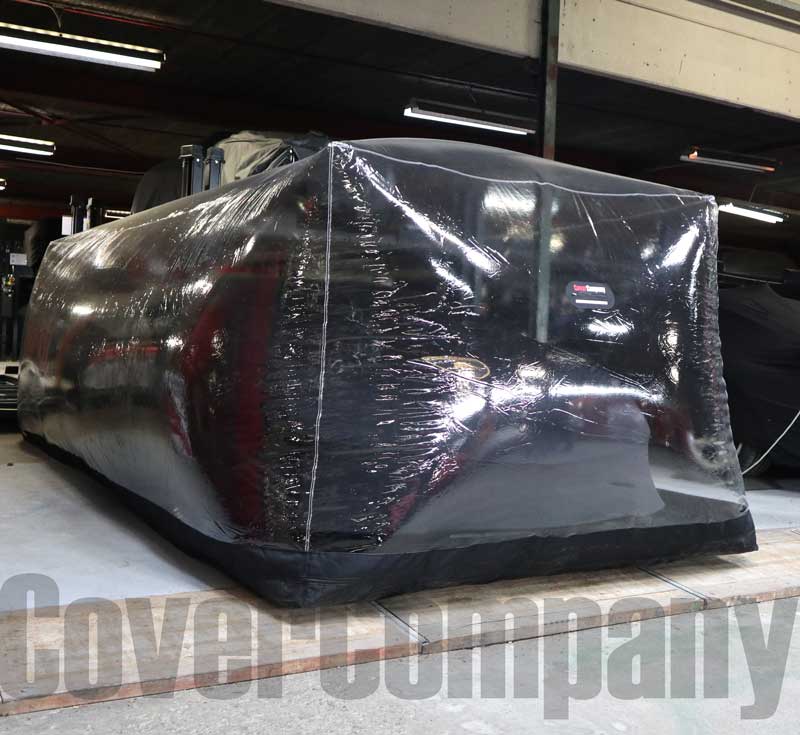Shop now.Pay it in 4.

Clearpay is unregulated credit.
Use responsibly.T&Cs & late fees
apply at clearpay.co.uk/terms
The Importance of an Oil Change Part 2
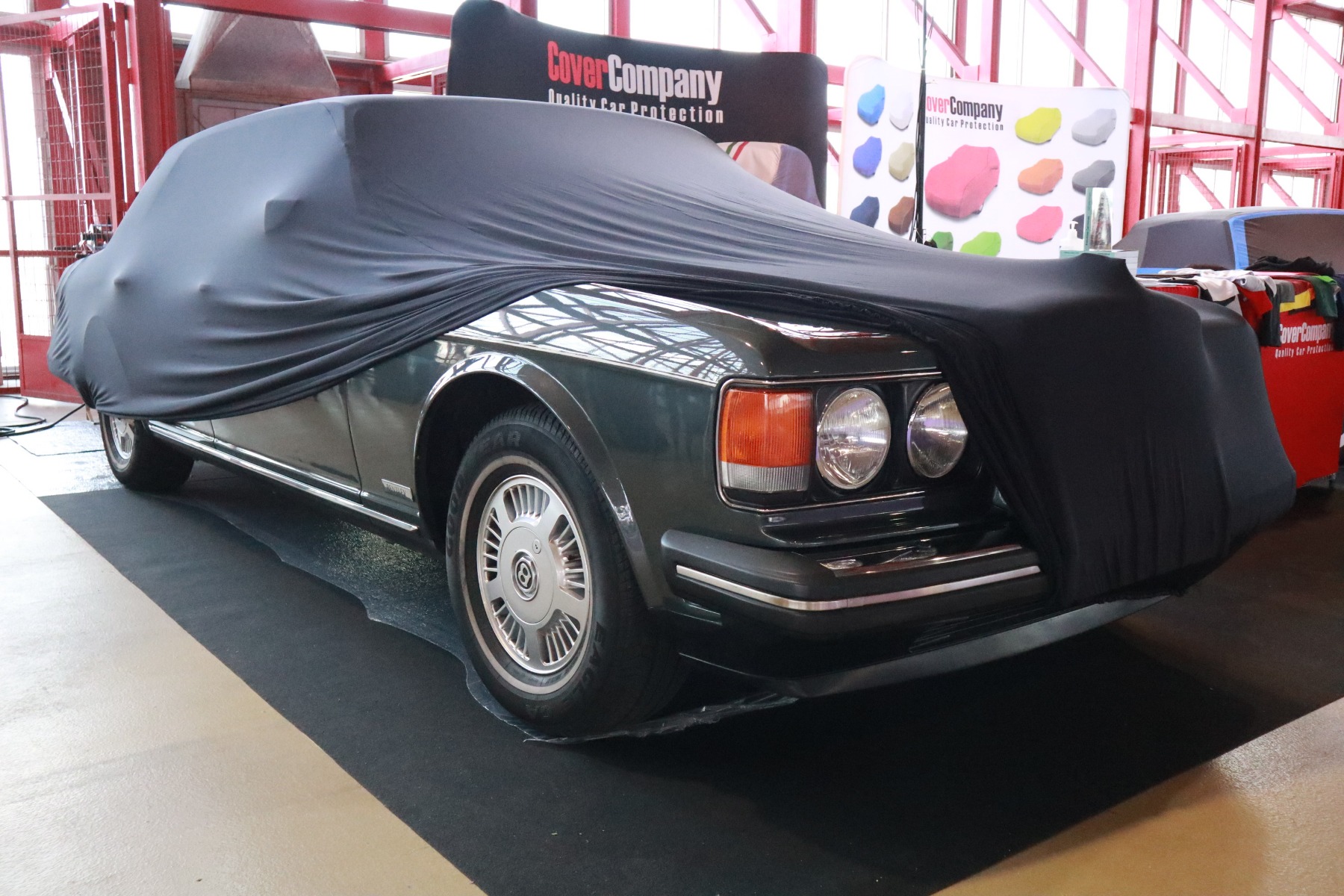 Oil Types and Classifications
Oil Types and Classifications
Remember that every maintenance you do to your vehicle is an investment, improvement, and protection. Although engine oil is the primary maintenance material widely used, what is known about it is limited or usually inaccurate information. You can get the most helpful information about the oil you need by consulting the company you will receive the service. When choosing the right oil, you should first know your engine's technical specifications and requirements. Since many types of oils contain different substances according to different technical specifications, it is essential to know your vehicle inside and out.
The type of car and weather conditions are just as important as the technical specifications. Classic vehicles and classic engines have certain features, so it may be sufficient to get general information from the company you consult.
Understanding the Labels
The "SAE" (Society of Automotive Engineers) phrase you see next to oil names is a scale for engine and transmission oils produced by the said Automotive Engineers community. This scale shows the viscosity of the oil at the specified temperature values.
The optimum values of this classification are; 0W, 5W, 10W, 15W, 20W, 25W for winter and 16, 20, 30, 40, 50, 60 for summer. Even with that information only, you can easily understand that you should also pay attention to seasonal conditions when choosing the appropriate oil for your vehicle.
Oils expressed with notations such as “SAE 20W-50” are oils suitable for use in all seasons. Therefore, you can easily use such oils in your car, regardless of the changing weather conditions. There are specialized organizations worldwide to determine the quality of oil products. Labels on cans of motor oil contain information on the compliance of products with the requirements and standards (specifications) of specific organizations. These names are:
-
API - American Petroleum Institute.
-
ACEA - European Automobile Manufacturers Association.
-
ILSAC - International Lubricant Standardization and Approval Committee.
-
AAE - Russian Association of Automotive Engineers.
A code consisting of letters or letters and numbers is shown next to the name of the above-specialized organization, for example, API SN, ACEA C3. Letters and words mean the above, while numbers are measured to express the degree of quality. Oils in petrol engines can still be classified among themselves. There are 12 types of oils in this class: SA, SB, SC, SD, SE, SF, SG, SH, SJ, SL, SM, SN. However, you should note that SA, SB, SC, SD, and SE variants were used in automobiles produced between 1930 - 1972. Therefore, using these oils in your new-generation vehicle can be dangerous, dysfunctional, or even destructive.
According to the European Automobile Manufacturers Association classification, the letter “A” means that the oil is for petrol engines only, “B” indicates light commercial vehicles with diesel engines, and “E” is used in heavy commercial vehicles with diesel engines. Also, API levels in petrol engines are classified among themselves according to the engine’s manufacture date:
-
API SJ - oils for cars not older than 2001
-
API SL - oils for cars not older than 2004
-
API SM - oils for cars not older than 2010
-
API SN - oils we have used since 2011.
All these letters and numbers can seem somewhat confusing to non-experts, so you should always prefer to consult an expert in choosing the correct oil. Before purchasing oil, you can ask the company for personal advice and eliminate the risk of error. Do not forget that choosing the wrong oil harms not only the engine of the car but also affects your healthy driving experience.In the descriptions of oils such as Rektol SC or Rektol SB, you can find which engines they are suitable for and their periods. You can also find high-quality non-Detergent, monograde engine oils manufactured from mineral-based products like Rektor Regular oil products.
The Correct Oil Change Maintenance
As we mentioned earlier, if you don't consider the critical factors in your car's oil change, you may encounter many problems. First of all, if you do not choose an oil that fits the technical specifications of your vehicle, you cannot provide the proper maintenance. This may cause the engine to malfunction while running. For example, parts may break down by rubbing, vehicle parts may freeze due to weather conditions in winter, or when you put too much engine oil, the oil mixes into the combustion chamber, your car may start to emit oil and smoke from the exhaust. When the warning lamp on the engine oil indicator in your car lights up, you should have it checked. In these cases, it is also possible to check the engine oil condition by removing the dipstick while the vehicle is not in motion. The indicator may be faulty due to oil pump problems, sensor malfunction, or oil system clogging. Every time your car starts, the dust accumulated on and inside the engine moves and mixes with the oil, which causes muddy pollution over time. An oil with cleaning properties can reduce this sludge and pollution. In addition to cleaning power, a quality engine oil may also contain the following components: Dispersants, corrosion inhibitors, friction reducers, antioxidants, and viscosity improvers. All these components enable the engine to perform the tasks we mentioned above.You may also need other types of oil for your vehicle’s maintenance. For example, hydraulic oils are used in brake and clutch systems. So when you hear a sound from the brakes while driving, you can understand that your oil is low and needs to be changed.
ATF oils are the type of oil used in the gearboxes and transfer boxes of vehicles. These oils help to protect your vehicle from deformation and corrosion. It also protects your car against oxidation and foaming. Greases, like other oils, are another type that is used quite frequently in classic cars. However, it is different from other oils because of its form. While other oils are in liquid form (different viscosities), greases are gel-like, which allows them to stay on a part for a long time without flowing.
What Our Customer Are Saying...
-
PERFECT PROTECTION GOLDWING 1500 By: Gilles COHARD
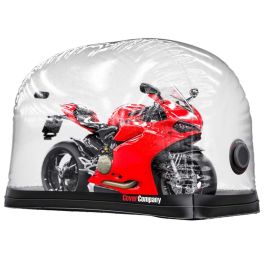 Very satisfied with this indoor size L cover (2.8 m x 1.2 m x 1.6 m) for the Goldwing 1500. Unfold carefully as the package is vacuum-sealed and the transparent part is very sticky. I installed it by myself. Be careful to position the antennas correctly. Consider using protection under the center and side stands to preserve the cover. No instructions in French. This cover is not cheap, but it really does the job. I highly recommend it. CoverCompany responds quickly to questions, which is much appreciated.
Very satisfied with this indoor size L cover (2.8 m x 1.2 m x 1.6 m) for the Goldwing 1500. Unfold carefully as the package is vacuum-sealed and the transparent part is very sticky. I installed it by myself. Be careful to position the antennas correctly. Consider using protection under the center and side stands to preserve the cover. No instructions in French. This cover is not cheap, but it really does the job. I highly recommend it. CoverCompany responds quickly to questions, which is much appreciated. -
Decent quality for the price By: Paul
 Cover is good quality. Being a standard fit cover it's designed to fit large SUV vehicles which is slightly too big for a Stelvio, but it's better that it's oversized than too small. It's never going to fit back into the storage bag or case that came with it so will have to find another way of storing it which is disappointing. Took about 10 days to get to the UK. - Answer by Cover Company: Thanks for your feedback Paul. The package includes an additional storage bag to store the cover once it has been used,
Cover is good quality. Being a standard fit cover it's designed to fit large SUV vehicles which is slightly too big for a Stelvio, but it's better that it's oversized than too small. It's never going to fit back into the storage bag or case that came with it so will have to find another way of storing it which is disappointing. Took about 10 days to get to the UK. - Answer by Cover Company: Thanks for your feedback Paul. The package includes an additional storage bag to store the cover once it has been used,

